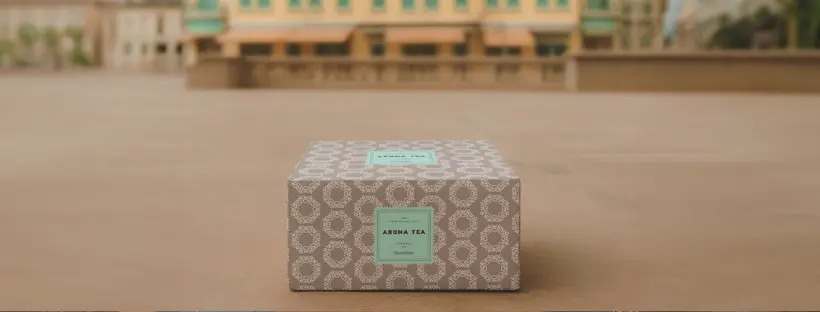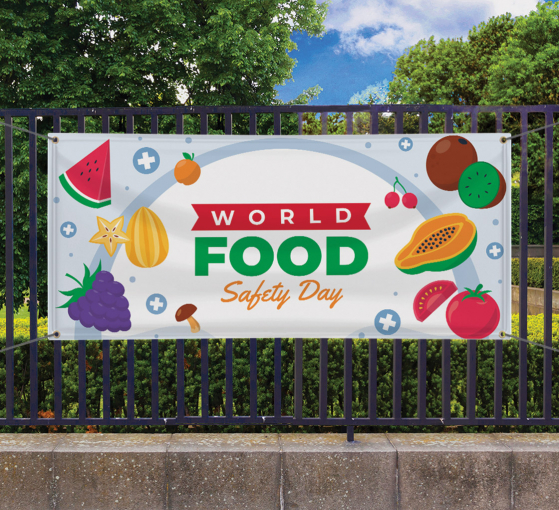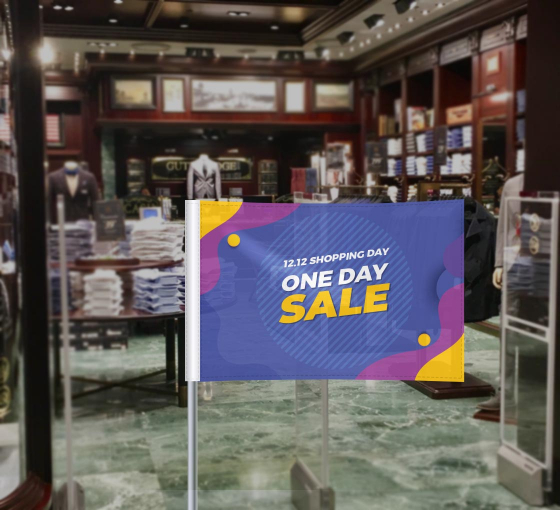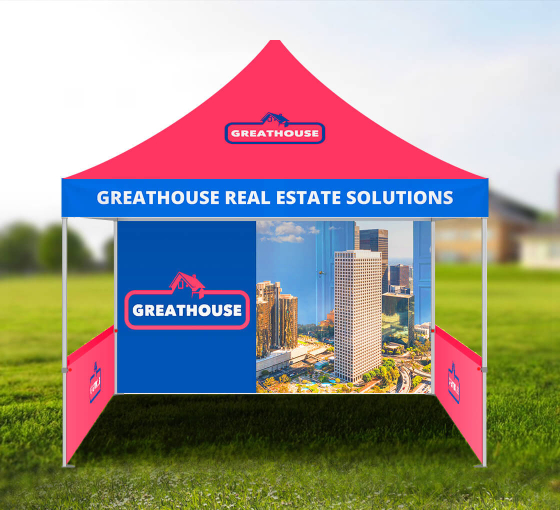In a world where consumers meticulously compare products before making a purchase, packaging can make all the difference. While the primary purpose of packaging is to safeguard products during transit, it has evolved into a powerful marketing tool that can influence consumer behavior in significant ways. Premium Custom boxes not only add a touch of sophistication but also build trust, making consumers more inclined to try out a product.

How Custom Packaging Influences Consumer Buying Decisions?
Investing in thoughtful custom packaging offers several benefits. Firstly, it provides essential protection for products, reducing the likelihood of returns and thereby increasing profits. Moreover, a well-designed package contributes to a delightful unboxing experience, garnering admiration from customers. These enhancements can significantly boost your brand’s reputation and establish trust with your target audience.
Here are some of the key benefits of custom packaging:
- Enhances Perceived Product Value
Creating an aura of exclusivity through visually appealing designs in custom gift boxes and investing in the unboxing experience can elevate your product, making potential customers curious about what lies within. Additionally, opting for eco-friendly materials not only demonstrates your commitment to the environment but also appeals to eco-conscious consumers.
- Enhances Brand Recognition
Custom shipping boxes serve as a potent marketing tool, setting your brand apart from competitors. Consistent design elements, colors, and logo placement create a cohesive brand identity, making your product easily identifiable and memorable.
- Elicit Emotions Through Packaging
Human emotions are powerful drivers of purchasing decisions. Custom cardboard boxes, when crafted with careful consideration of color psychology and imagery, can evoke specific emotions. For instance, warm colors like red evoke passion and excitement, while cool tones like blue convey calmness and trust. By aligning the color scheme and visuals with the emotions your product promises to deliver, you can establish a deeper connection with potential buyers.
Moreover, imagery on printed boxes can create specific moods. A brand promising relaxation might feature serene scenes, inducing a sense of calmness in the consumer. Harnessing the emotional impact of packaging can create a lasting impression and foster customer loyalty.
Creates Anticipation and Positive Unboxing Experiences
Remember the thrill of unwrapping a long-awaited package? Unique and visually appealing packaging creates a sense of anticipation, heightening the excitement of the unboxing experience. Luxury brands, in particular, excel at this art, using intricate packaging techniques such as custom boxes with logos, nested boxes and decorative ribbons. These details not only slow down the unwrapping process but also amplify the customer’s appreciation for the product, leaving a lasting positive impression.
Key Factors That Influence Packaging Design
Let’s delve into the key factors that influence packaging design and its impact on consumer behavior
1. Color Selection
Choosing the right color is paramount, as it captures immediate attention. Colors convey specific brand messages. For instance, green signifies organic or eco-friendly products, while black adds an element of luxury. Custom packaging for small businesses is essential. Align your packaging colors with your brand’s identity and gather input from your audience for optimal outcomes.
2. Typography and Layout
Clarity in typography and layout is essential. Information about the product, its usage, and benefits must be presented clearly. An eye-pleasing font and layout enhance readability, ensuring potential customers grasp vital details in custom shipping boxes.
3. Quality Graphics and Branding
Incorporate high-quality graphics and strategically position your logo. Icons can be added for navigational purposes, making the custom printed boxes visually appealing and informative.
4. Packaging Shape and Size
Consider the size and shape of the packaging based on your product and target audience. Preferences vary between age groups and demographics, so understanding your audience is key to choosing the right packaging dimensions.
5. Quality of Packaging Materials
Investing in high-quality, eco-friendly materials not only enhances product value but also resonates positively with environmentally conscious consumers. Sustainable packaging materials are not only sturdy but also allow for creative and appealing designs.
6. Unique and Innovative Details
Think outside the box and incorporate unique, practical features into your packaging. Innovations such as easy opening mechanisms and convenient carrying options enhance the user experience and set your brand apart.
7. Easy Opening Mechanism
Implementing user-friendly opening mechanisms, such as tear strips or perforated lines, makes the unboxing experience convenient. Difficult-to-open packaging can frustrate consumers and create a negative impression.
8. Interactive Elements
Consider adding interactive elements like QR codes that lead customers to exclusive online content, instructional videos, or augmented reality experiences related to the product. This engagement not only enhances user experience but also strengthens the brand-consumer relationship.
9. Reusable and Multi-Functional Features
Design packaging that can be reused for purposes other than its original intent. This could involve creating boxes that transform into storage containers, or incorporating compartments that can be repurposed. Multi-functional packaging adds value and encourages customers to keep and reuse the packaging, promoting brand recall.
10. Limited Editions and Collectibles
Introduce limited edition custom product boxes or include collectible items within the packaging. This strategy creates a sense of urgency and excitement among consumers, driving sales. Collectible items can turn packaging into a part of a product line, making customers look forward to new releases.
11.Sensory Elements
Engage multiple senses by integrating sensory elements into the packaging. This could be textured surfaces, embossing, or even scented inks. For instance, packaging that smells like the product inside can create a strong sensory connection, enhancing the overall product experience.
Packaging is not just a protective covering; it’s a strategic tool that shapes consumer perceptions, influences purchasing decisions, and establishes enduring connections between your brand and your customers. Investing in well-designed, high-quality packaging is an investment in the long-term success and credibility of your business.
Hence, in a competitive market, investing in distinctive, well-crafted packaging isn’t just an option; it’s a strategic necessity that can elevate your brand and drive customer loyalty. So, the next time you design your product’s packaging, remember, it’s not just a box; it’s an experience waiting to happen.

 Posted in
Posted in 


